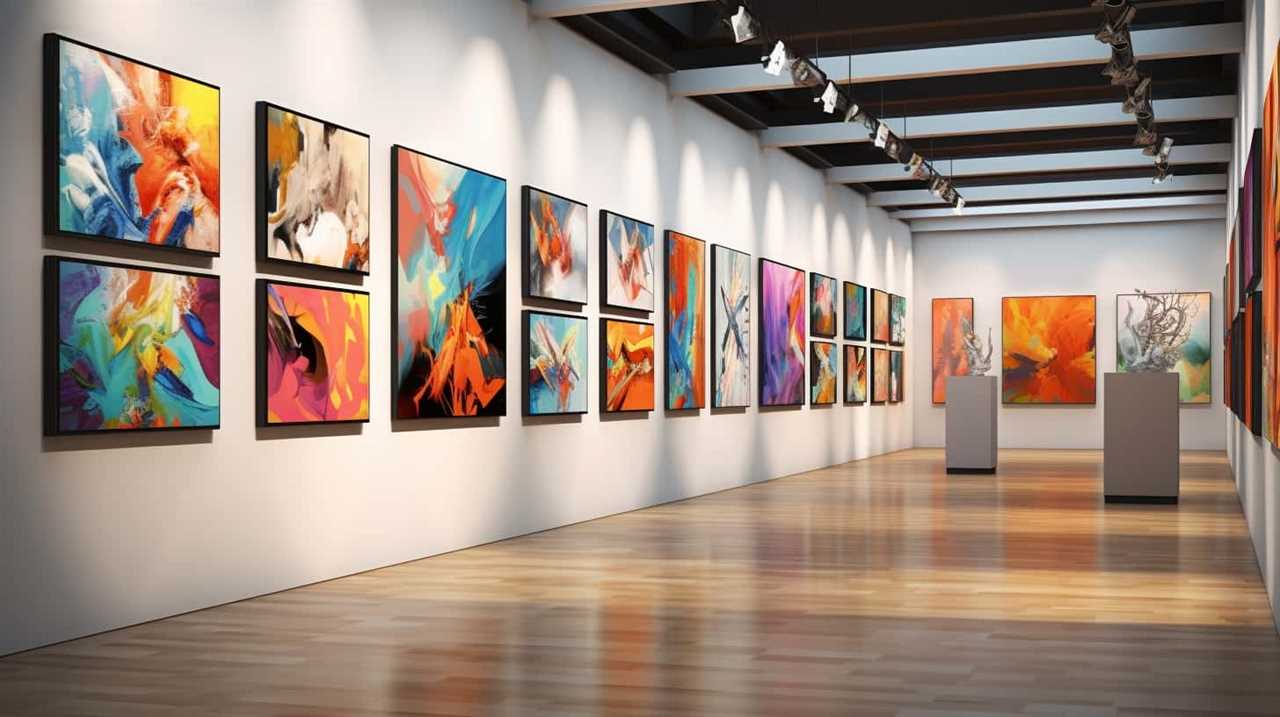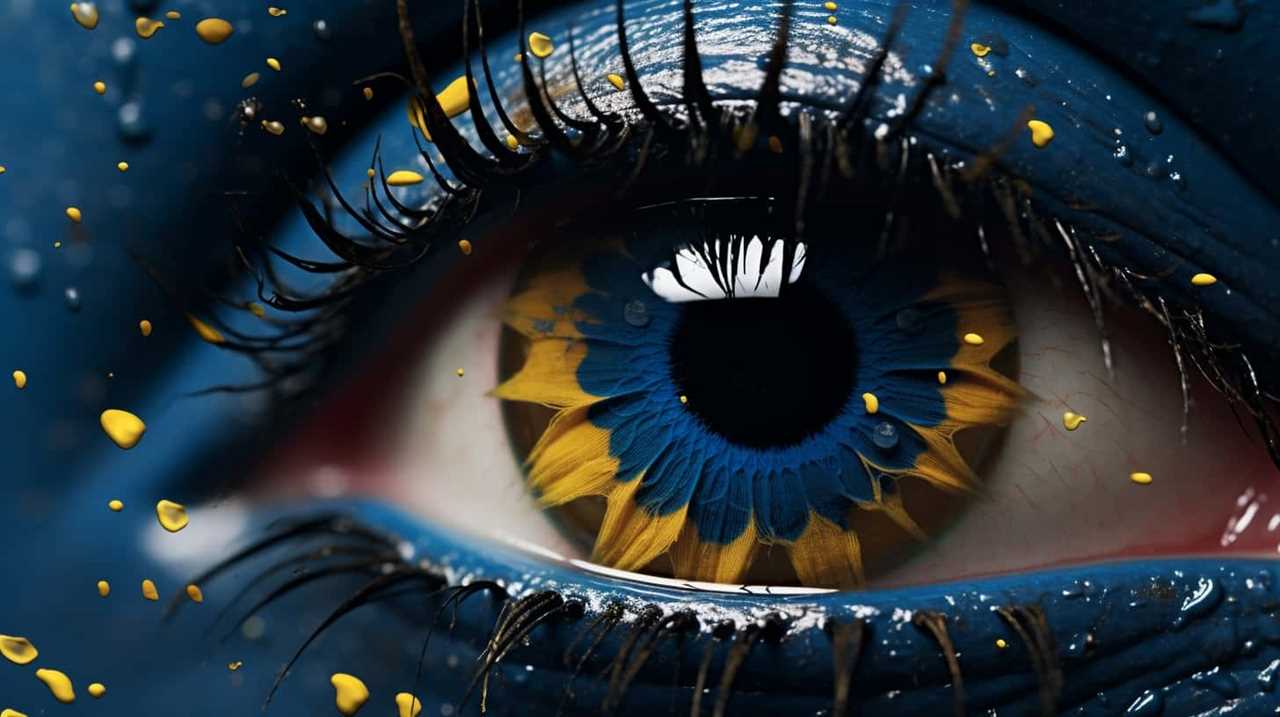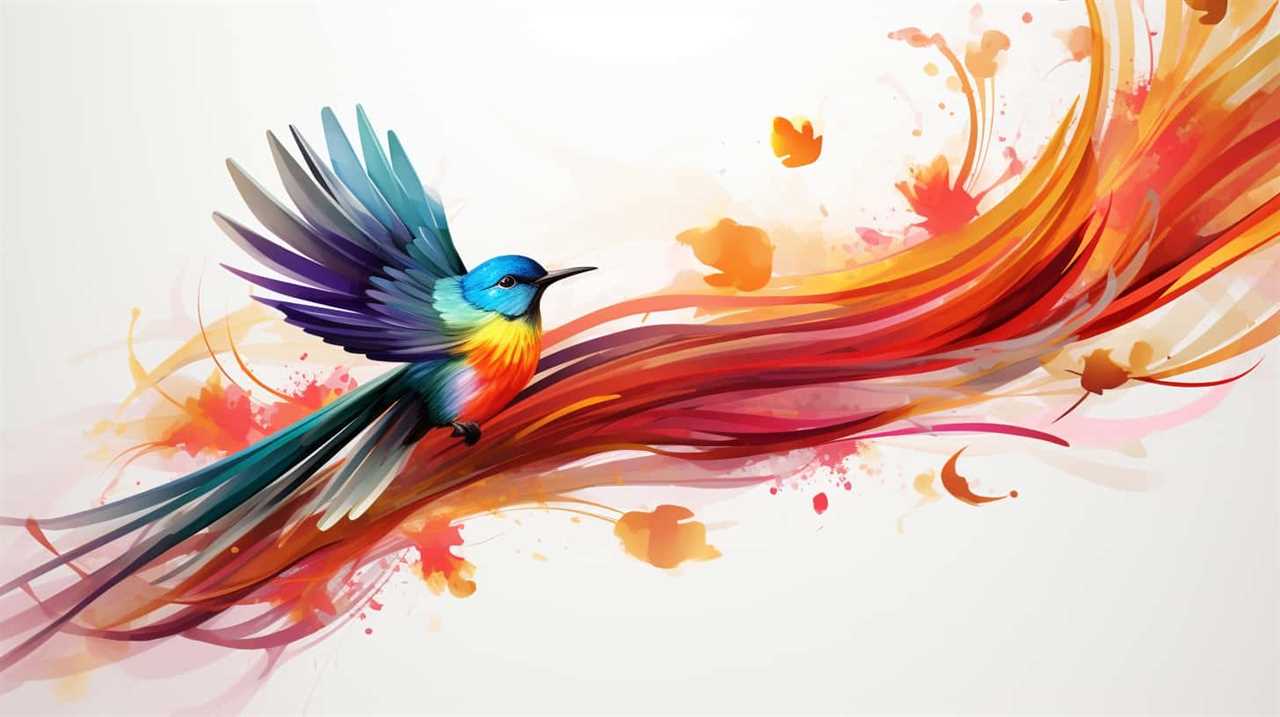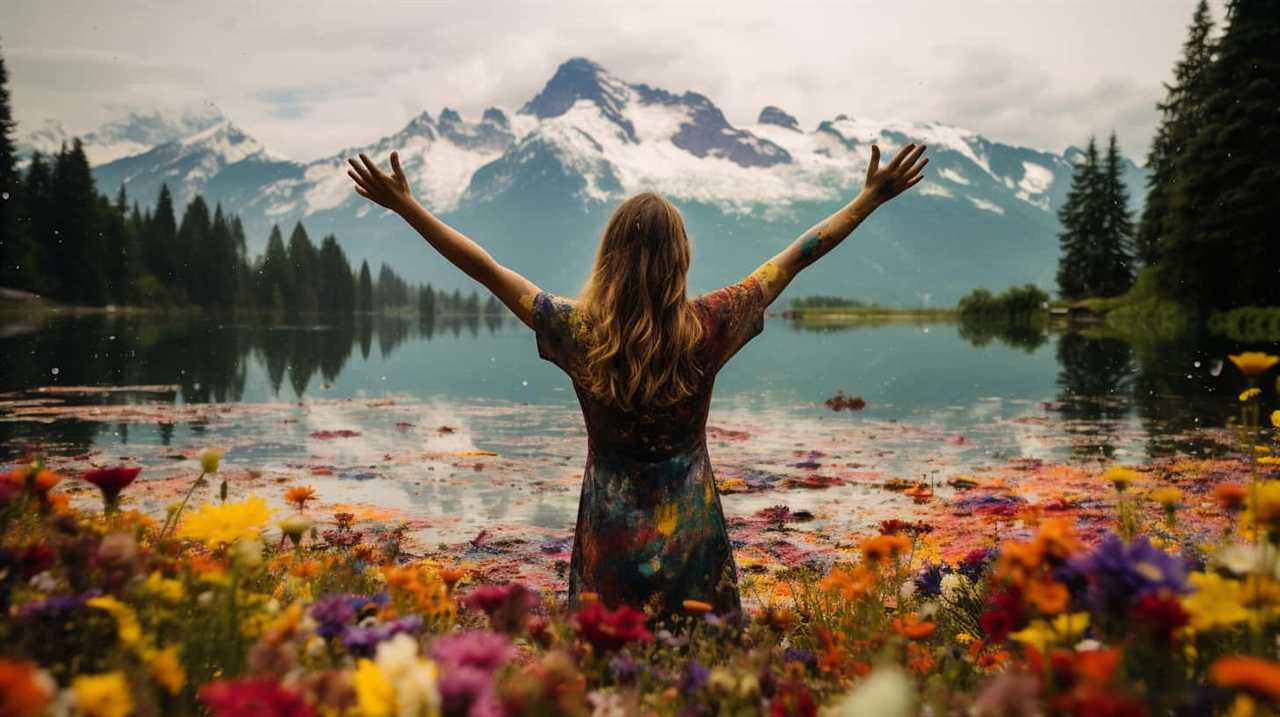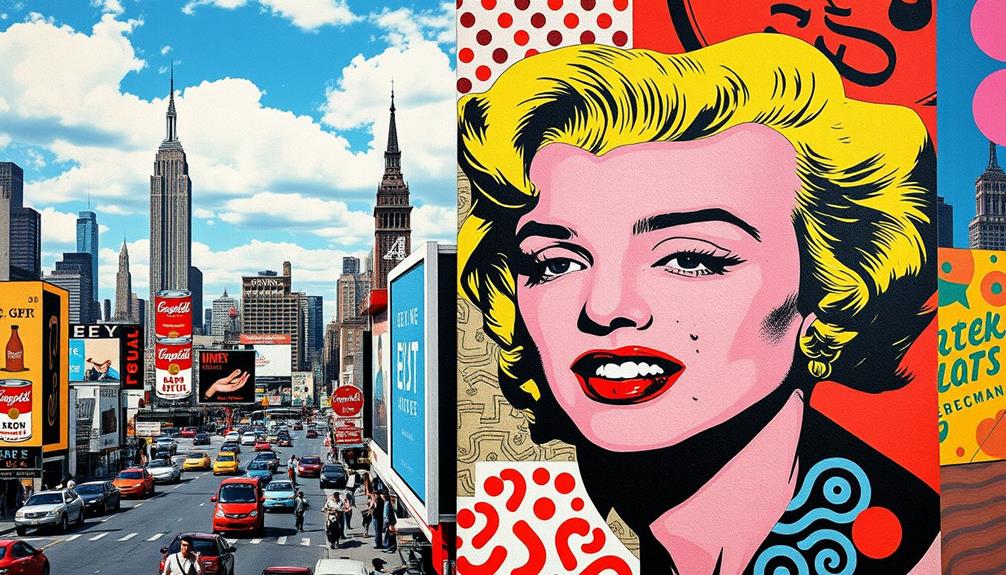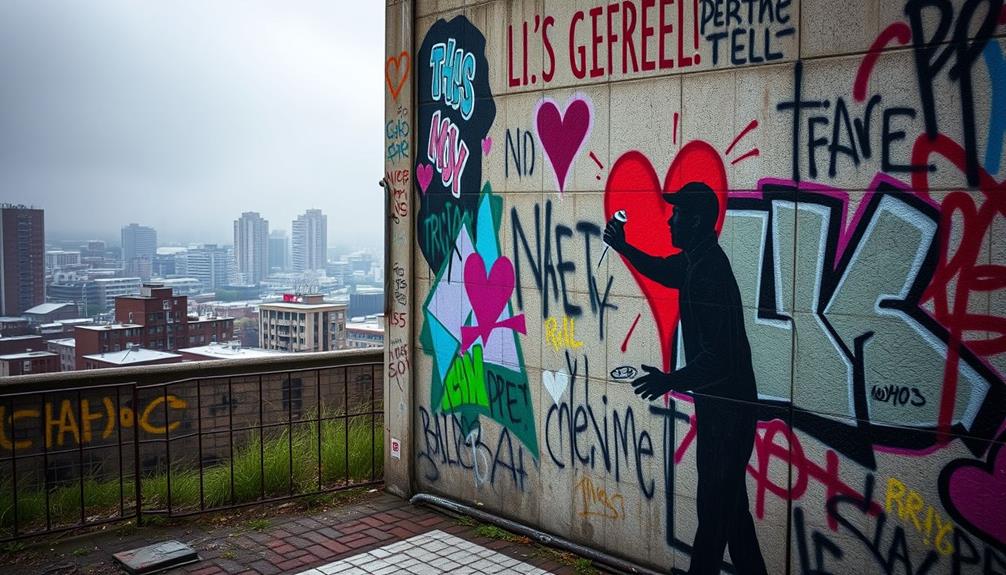In our pursuit of freedom, we have discovered the value of empowering women in the arts who have made a lasting impact on the world through their creativity and bravery.
Through their words, they have paved the way for us to break free from societal constraints and embrace our true selves. Yayoi Kusama, with her visionary outlook, encourages us to see the infinite possibilities within ourselves.
Frida Kahlo fearlessly reflects upon her own experiences, reminding us to embrace our flaws and scars.
Kara Walker’s provocative commentaries challenge the status quo, urging us to question and disrupt.
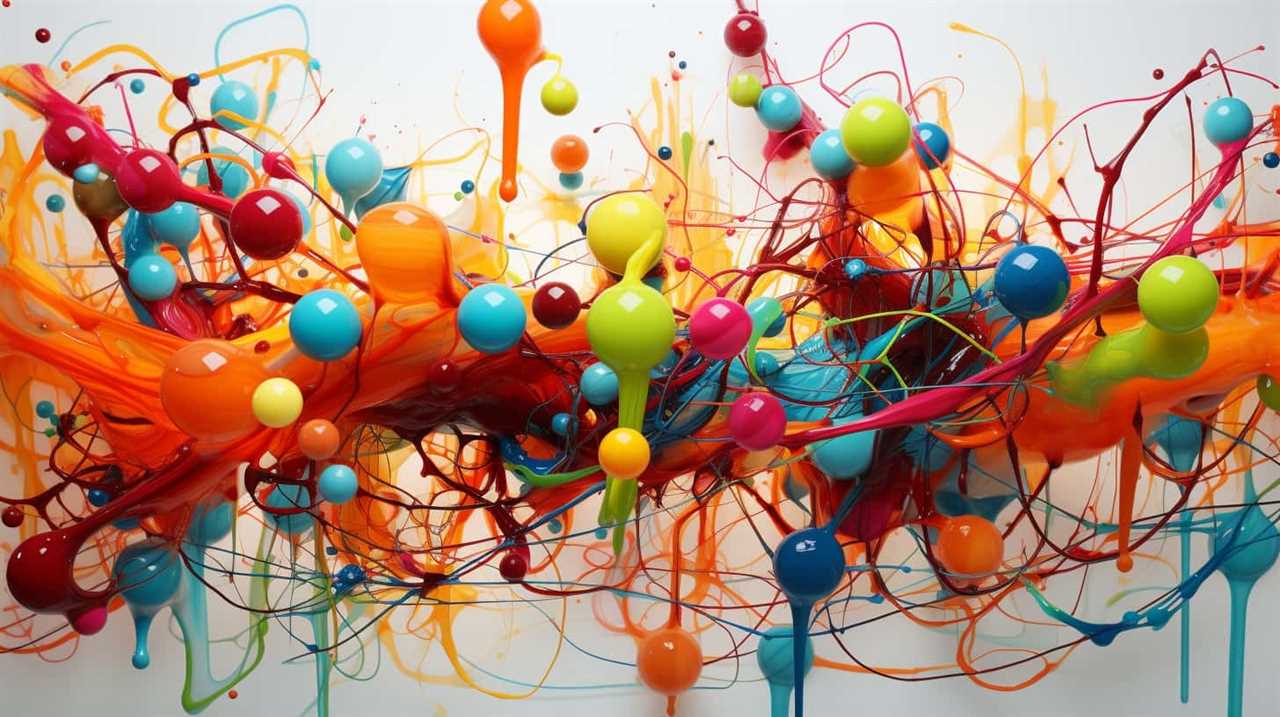
Marina Abramović offers transformative insights through her mesmerizing performances, pushing us to explore the depths of our own emotions.
Finally, Cindy Sherman empowers us to shape and redefine our identities through her powerful explorations.
Let their words inspire and guide us on our path to liberation.
Key Takeaways
- Yayoi Kusama and Frida Kahlo’s art challenges societal norms and expectations.
- Kara Walker’s work uncovers hidden stories and exposes painful legacies.
- Marina Abramović’s performance art creates a space for individuals to confront their fears and emotions.
- Cindy Sherman’s art empowers individuals to shape and redefine their identities and challenges established norms.
Yayoi Kusama’s Visionary Words
Yayoi Kusama’s visionary words inspire and empower us through her unique perspective on art and life. Her artistic journey has been nothing short of remarkable, and her impact on contemporary art is undeniable.
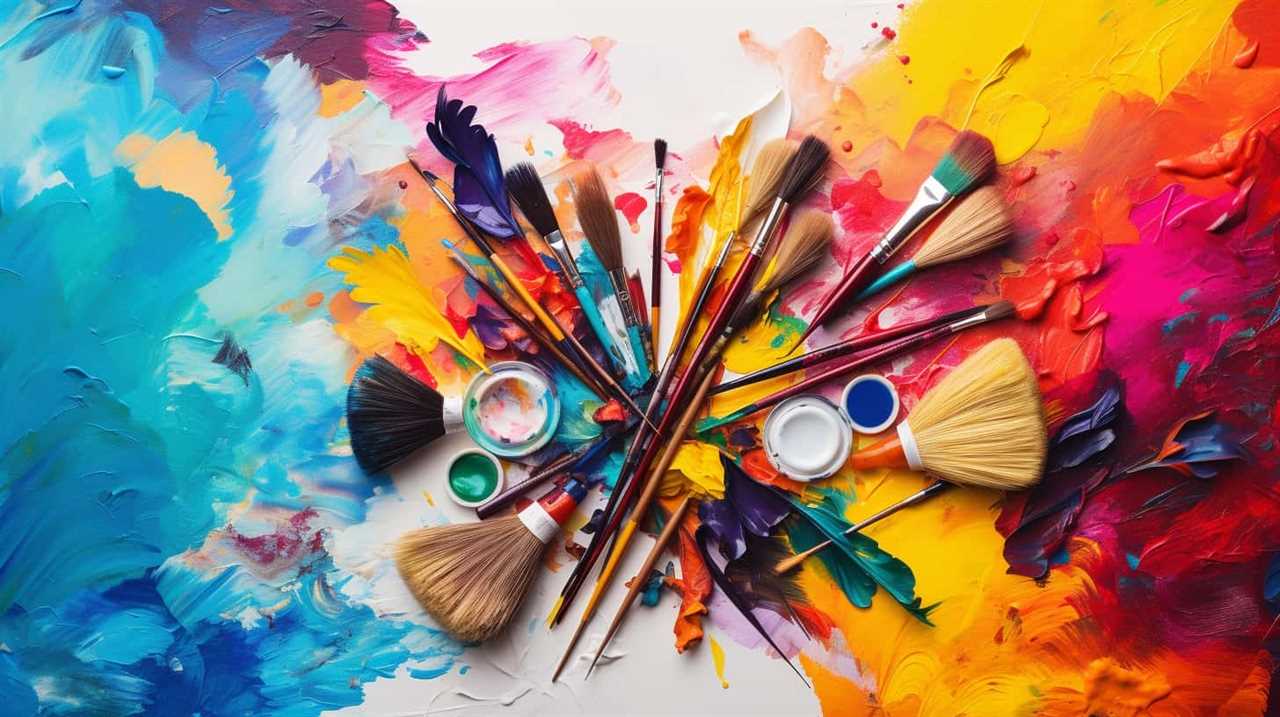
Kusama’s journey began in Japan, where she faced numerous challenges as a female artist in a male-dominated field. Despite the obstacles, she persevered, using her art as a means of self-expression and liberation.
Kusama’s impact on contemporary art is profound. Her avant-garde approach, characterized by bold colors, repetitive patterns, and immersive installations, challenges traditional notions of art and expands the boundaries of creativity. Through her work, Kusama invites us to question societal norms and embrace our individuality.
One of Kusama’s most famous quotes, "If it weren’t for art, I’d have killed myself a long time ago," speaks volumes about the transformative power of art in her life. Her words resonate deeply with those who’ve found solace and purpose in artistic expression. Kusama’s art becomes a vehicle for liberation, allowing us to escape the confines of our own minds and connect with something greater.
Frida Kahlo’s Bold Self-Reflections
Frida Kahlo’s introspective musings offer a bold exploration of self through her iconic artwork. Her ability to express herself fearlessly and authentically has made her an influential figure in the art world. Kahlo’s bold self-expression can be seen in her vibrant and emotive paintings, which often depict her physical and emotional pain. Through her art, she not only documented her personal struggles but also challenged societal norms and expectations.

- Kahlo’s artwork serves as a powerful form of self-reflection, allowing her to confront her own identity and experiences head-on.
- Her paintings are characterized by their rawness and honesty, as she fearlessly explores her own emotions and vulnerabilities.
- Kahlo’s artistic resilience is evident in her ability to transform her pain into beauty, using her art as a means of healing and self-discovery.
Kahlo’s bold self-expression and artistic resilience continue to inspire and empower individuals today. Her refusal to conform to societal standards and her unapologetic self-reflection serve as a reminder that we have the power to define ourselves on our own terms.
As we now transition to discussing Kara Walker’s provocative social commentaries, we’ll explore how Walker uses her art to challenge and confront deeply ingrained systems of power and oppression.
Kara Walker’s Provocative Social Commentaries
Moving from Frida Kahlo’s bold self-reflections, we now delve into Kara Walker’s provocative social commentaries, which shed light on deeply ingrained systems of power and oppression. Kara Walker, an American artist known for her powerful and thought-provoking works, employs various artistic techniques to challenge societal norms and explore racial narratives.
One of Walker’s notable artistic techniques is silhouette. She uses the silhouette as a way to portray characters and scenes, stripping away unnecessary details and focusing solely on the form. This minimalist approach forces the viewer to confront the essence of the narrative, amplifying the impact of her racial commentaries.
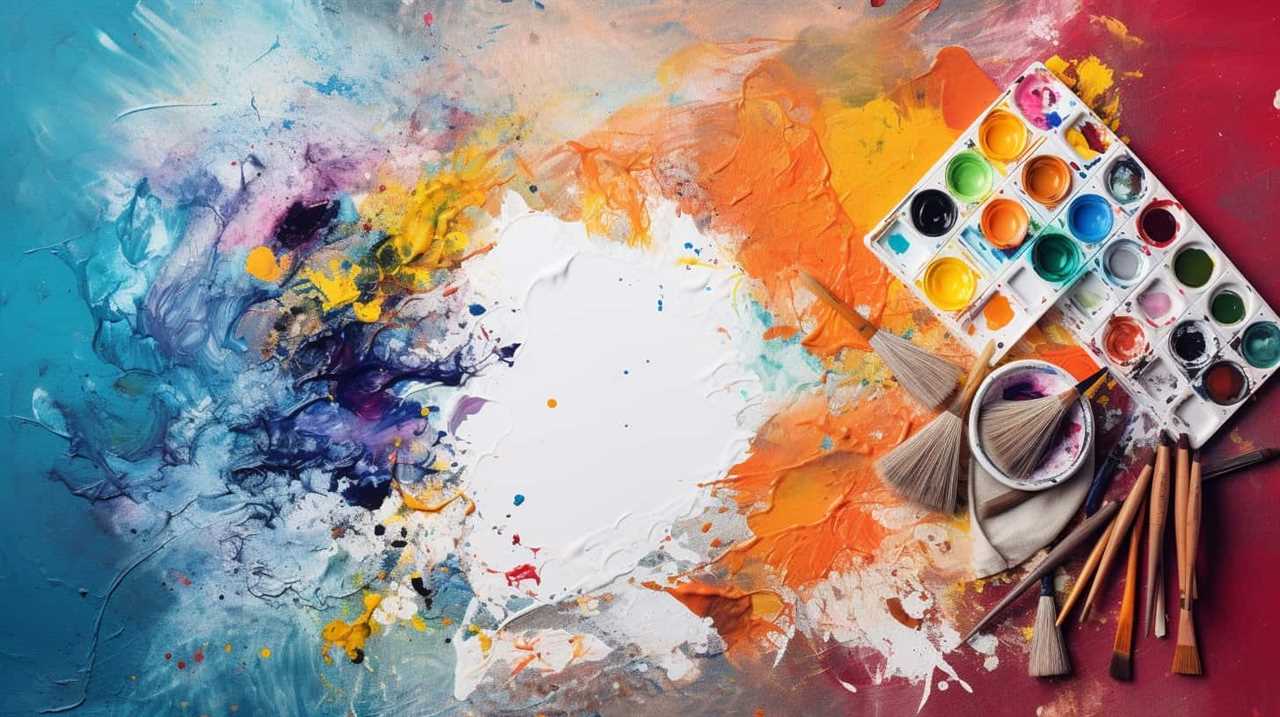
Another technique that Walker employs is the juxtaposition of contradictory elements. She combines images and symbols that seem unrelated at first glance, but upon closer examination, reveal the complex and interconnected nature of race, power, and oppression. This technique allows Walker to challenge preconceived notions and confront the viewer with uncomfortable truths.
Through her art, Walker addresses racial narratives that have been historically marginalized or ignored. She uncovers the hidden stories of African Americans, exposing the painful legacies of slavery, racism, and discrimination. Walker’s work encourages dialogue and reflection, urging us to question the systems of power and oppression that continue to shape our society.
Kara Walker’s artistic techniques and racial narratives serve as a powerful call to action. They challenge us to confront the uncomfortable truths of our history and present, and inspire us to work towards a future of liberation and equality.
Marina Abramović’s Transformative Performance Insights
Marina Abramović’s transformative performance insights offer a unique perspective on the power of artistic expression and its ability to challenge and provoke viewers. As a renowned performance artist, Abramović has pushed the boundaries of what’s considered acceptable in the art world, using her body as a tool for self-exploration and self-expression. Through her work, she highlights the impact of performance art on personal growth, showing how it can create a space for individuals to confront their fears, confront their emotions, and confront their own limitations.

Abramović’s insights also emphasize the power of vulnerability in artistic expression. She believes that by opening oneself up to vulnerability, artists can create a deep and meaningful connection with their audience. In her performances, she often exposes herself to physical and emotional pain, allowing viewers to witness her raw and authentic self. By doing so, she invites them to reflect on their own vulnerability and to question societal norms and expectations.
Cindy Sherman’s Empowering Identity Explorations
Continuing our exploration of empowering female art figures, we now turn our attention to Cindy Sherman’s thought-provoking identity explorations.
Sherman is widely recognized as one of the most influential artists of our time, known for her groundbreaking work in photography and her exploration of identity politics within the realm of feminist art.
Sherman’s art challenges societal norms and constructs by examining the relationship between appearance, identity, and power. Through her self-portraits, she investigates the complex nature of female representation and the ways in which women have historically been objectified and controlled by the male gaze. By adopting various personas and disguises, Sherman disrupts traditional notions of beauty and challenges the viewer to question their own preconceived notions of femininity.
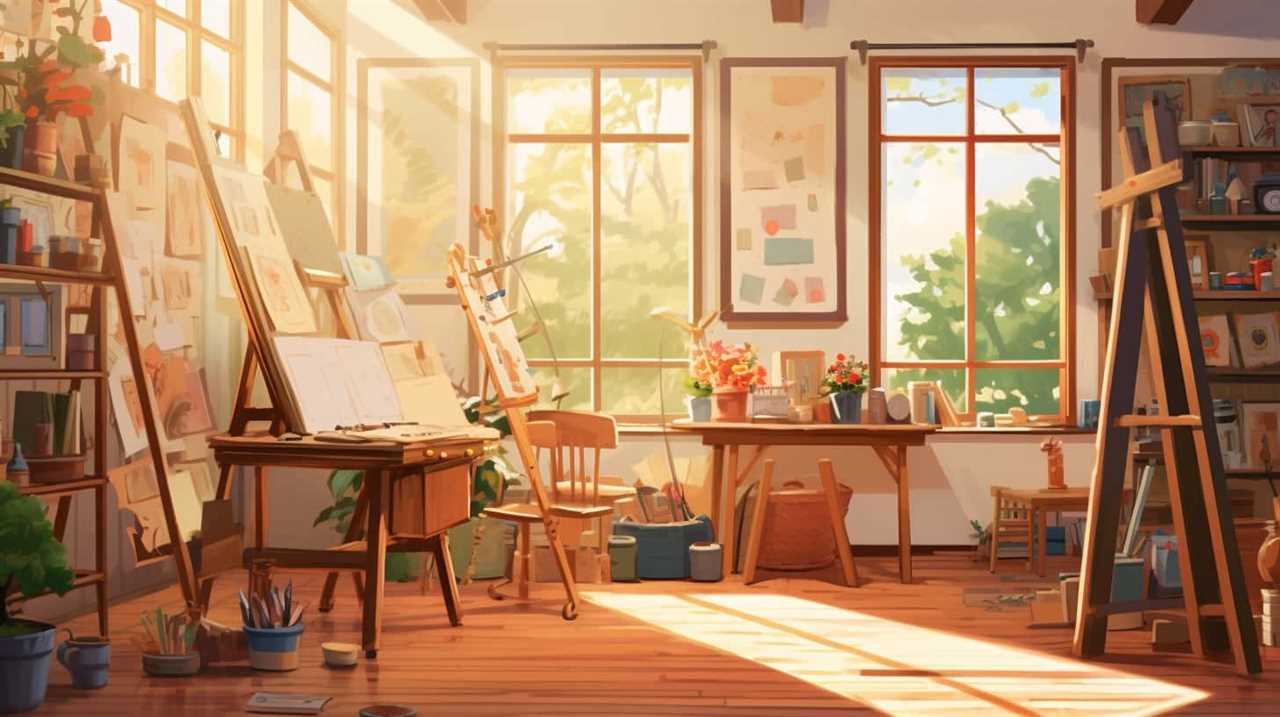
Her work also delves into the realm of identity politics, addressing issues of race, gender, and class. Through her art, Sherman highlights the ways in which our identities are constructed and influenced by societal forces. She invites the viewer to consider the multiplicity of identities that exist and the ways in which these identities intersect and shape our experiences.
In her exploration of feminist art, Cindy Sherman empowers women by giving them agency over their own representation. Through her art, she encourages viewers to question established norms and challenge the status quo. Sherman’s identity explorations serve as a powerful reminder that liberation begins with embracing our authentic selves and challenging the limitations imposed upon us by society.
Frequently Asked Questions
How Did Yayoi Kusama’s Upbringing Influence Her Artistic Vision?
Yayoi Kusama’s artistic vision was influenced by her upbringing, which was marked by trauma and mental health struggles. These experiences shaped her unique perspective and empowered her to create art that speaks to the liberation of the human spirit.
What Were Frida Kahlo’s Main Sources of Inspiration for Her Self-Reflections?
Frida Kahlo’s self-reflections were heavily influenced by her personal experiences and Mexican culture. Through her art, she explored her pain, identity, and resilience. Her work continues to inspire and empower those seeking liberation.

How Does Kara Walker’s Work Challenge Societal Norms and Expectations?
Challenging conventions and redefining expectations, Kara Walker’s work boldly confronts societal norms. Through her powerful and provocative art, she pushes boundaries, ignites conversations, and demands a reevaluation of ingrained prejudices.
What Are Some of the Key Themes Explored in Marina Abramović’S Transformative Performances?
In Marina Abramović’s transformative performances, key themes such as vulnerability and endurance are explored. Through the exploration of the body and its limits, she pushes boundaries and challenges societal norms, inspiring liberation.
How Does Cindy Sherman’s Work Contribute to the Empowerment of Women in the Art World?
Cindy Sherman’s role in feminist art and influence on contemporary photography contribute to the empowerment of women in the art world. Her thought-provoking self-portraits challenge societal norms, redefine beauty, and give voice to marginalized perspectives.
Conclusion
In the realm of art, these empowering female figures have left an indelible mark on the world. Their visionary words, bold self-reflections, provocative commentaries, transformative insights, and empowering identity explorations have ignited a flame within us all.
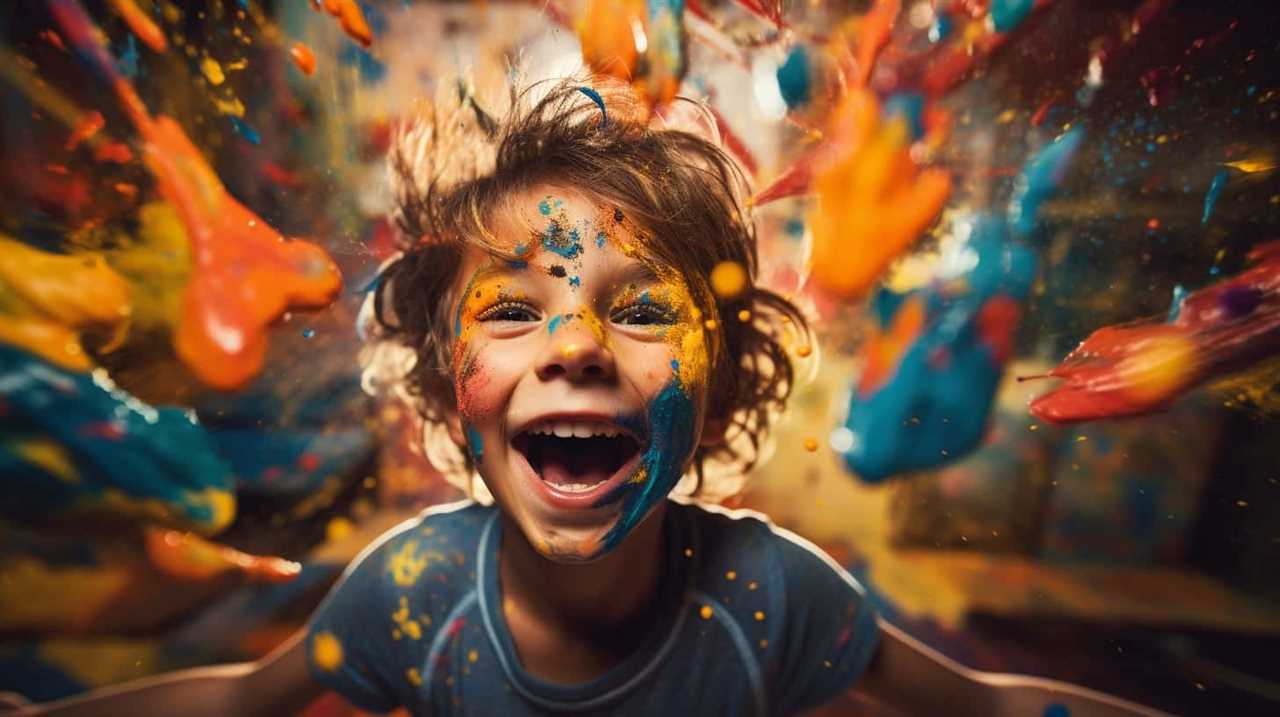
Like brushstrokes on a canvas, their words have painted a picture of strength, resilience, and empowerment. They’ve shattered societal norms and paved the way for future generations of female artists.
Their legacies will continue to inspire and challenge us to push the boundaries of art and society.
Lauren’s talent in writing is matched by her passion for storytelling. Her love for books and deep understanding of culture and entertainment add a distinct flavor to her work. As our media and press contact, Lauren skillfully bridges the gap between afterQuotes and the broader media landscape, bringing our message to a wider audience.
